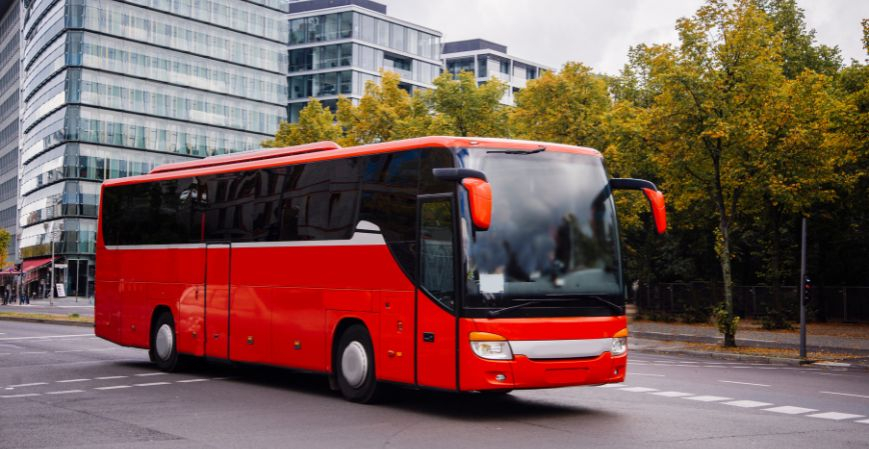The Australian bus market, valued at AUD 275.57 million in 2024, is on a growth trajectory, propelled by advancements in transportation technology and a shift towards sustainable mobility solutions. The market is projected to expand at a compound annual growth rate (CAGR) of 7.50% between 2025 and 2034, potentially reaching AUD 567.96 million by 2034.
Market Dynamics
Several factors are driving the growth of the Australian bus market:
-
Government Initiatives: Substantial investments in public transportation infrastructure, including the development of dedicated bus lanes and expanded routes, are enhancing urban mobility and increasing the demand for buses.
-
Environmental Concerns: A heightened focus on reducing carbon emissions has led to the adoption of eco-friendly buses, such as electric and hybrid models, contributing to improved air quality in urban areas.
-
Technological Advancements: Integrating technologies like autonomous driving, digital ticketing, and smart scheduling systems is enhancing operational efficiency and the overall passenger experience.
Market Segmentation
-
Fuel Type:
-
Electric Buses: These buses are gaining prominence due to their lower emissions and energy efficiency, aligning with environmental sustainability goals.
-
Diesel and Hybrid Buses: Traditional fuel-based buses continue to serve a significant portion of the market, though their share is gradually decreasing with the rise of electric alternatives.
-
-
Bus Type:
-
Single-Deck Buses: Widely used for urban and intercity travel, offering flexibility in routes and passenger capacity.
-
Double-Deck Buses: Commonly deployed in high-density routes, providing increased seating capacity without expanding the bus footprint.
-
Regional Outlook
-
New South Wales (NSW): Leading in bus registrations, with 26,659 buses registered in 2023, reflecting a robust public transportation network.
-
Western Australia (WA): Experiences steady growth in bus services, with a projected CAGR of 7.1% between 2025 and 2034, indicating ongoing investments in public transit infrastructure.
Challenges and Opportunities
-
Infrastructure Development: Ensuring the availability of adequate charging stations and maintenance facilities for electric buses is crucial to support the transition to sustainable transportation.
-
Regulatory Compliance: Adhering to stringent emission standards and safety regulations necessitates continuous investment in technology and fleet upgrades.
-
Public Adoption: Enhancing the appeal of public transportation through improved services and amenities can increase ridership and reduce urban congestion.
Conclusion
The Australian bus market is at a pivotal juncture, embracing technological innovations and sustainable practices to meet the evolving transportation needs of the nation. With supportive government policies, environmental imperatives, and technological advancements, the market is poised for substantial growth in the coming decade.

